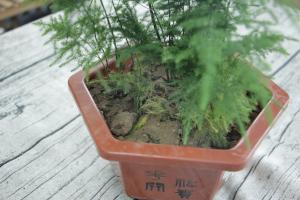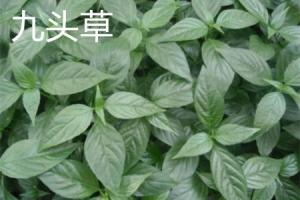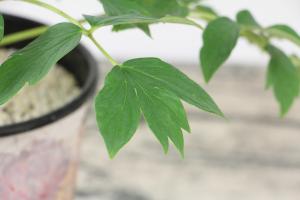When to Plant Fig Trees in California
Fig trees are popular fruit-bearing trees that thrive in many locations in the United States, including California. Fig trees are easy to grow and manage, and they can provide delicious fresh figs for many years. However, if you want a healthy and productive fig tree, it is crucial to plant it at the right time of year. In this article, we will discuss when to plant fig trees in California to ensure robust growth and optimum fruit harvest.
The Best Time to Plant Fig Trees in California
Fig trees can be planted in California in spring, summer, or fall. However, the optimal time to plant a fig tree is in late winter or early spring, after the last risk of frost has passed. This time of year ensures that the ground will be warm enough to encourage root growth, yet not so warm that the young tree will be exposed to extreme heat and water stress.
Choosing the Right Planting Location
When selecting a location to plant a fig tree, it is best to choose a site that receives at least six hours of direct sunlight per day. Fig trees also require well-draining soil that is rich in organic matter. Additionally, avoid planting fig trees near structures or trees that will shade the plant from sunlight, as this will interfere with the tree's growth and fruit production.
Prepping and Planting the Fig Tree
Once you have identified the ideal planting location, prepare the area by clearing out any debris and weeds. Dig a hole that is slightly larger than the root ball of the fig tree. Gently remove the fig tree from its pot and place it in the center of the hole. Make sure that the top of the root ball is level with the soil surface. Then, fill in the hole with soil, and gently press down to remove any air pockets. Water the tree deeply to help settle the soil around the roots. Finally, add a layer of mulch around the base of the tree to help retain moisture and suppress weeds.
Caring for the Fig Tree
After planting the fig tree, it is essential to care for it to ensure its growth and future yield. Here are some tips to help you care for your fig tree:
Water the fig tree deeply every seven to ten days, especially during dry spells.
Fertilize the tree with a balanced fertilizer in early spring and again in late summer.
Prune the tree in late winter or early spring to remove any dead or diseased wood and encourage new growth.
Protect the tree during frost by covering it with a frost cloth or blanket.
Conclusion
Planting a fig tree in California is a great way to enjoy fresh figs from your own backyard for years to come. By planting the tree at the right time of year and in the right location, caring for it properly, and protecting it from the elements, you can ensure its healthy growth and optimal fruit production.

 how many times do yo...
how many times do yo... how many planted tre...
how many planted tre... how many pine trees ...
how many pine trees ... how many pecan trees...
how many pecan trees... how many plants comp...
how many plants comp... how many plants can ...
how many plants can ... how many plants and ...
how many plants and ... how many pepper plan...
how many pepper plan...






























